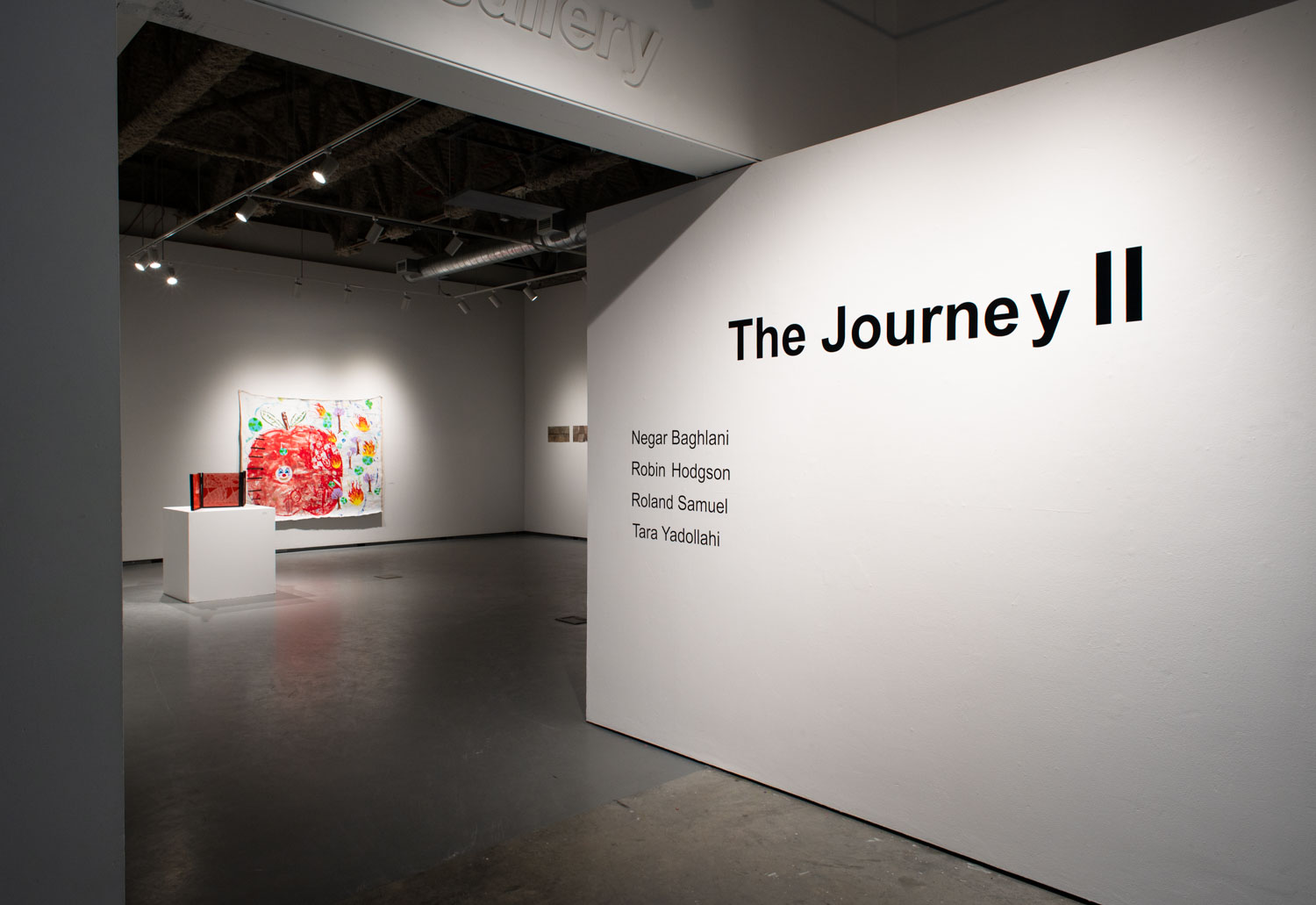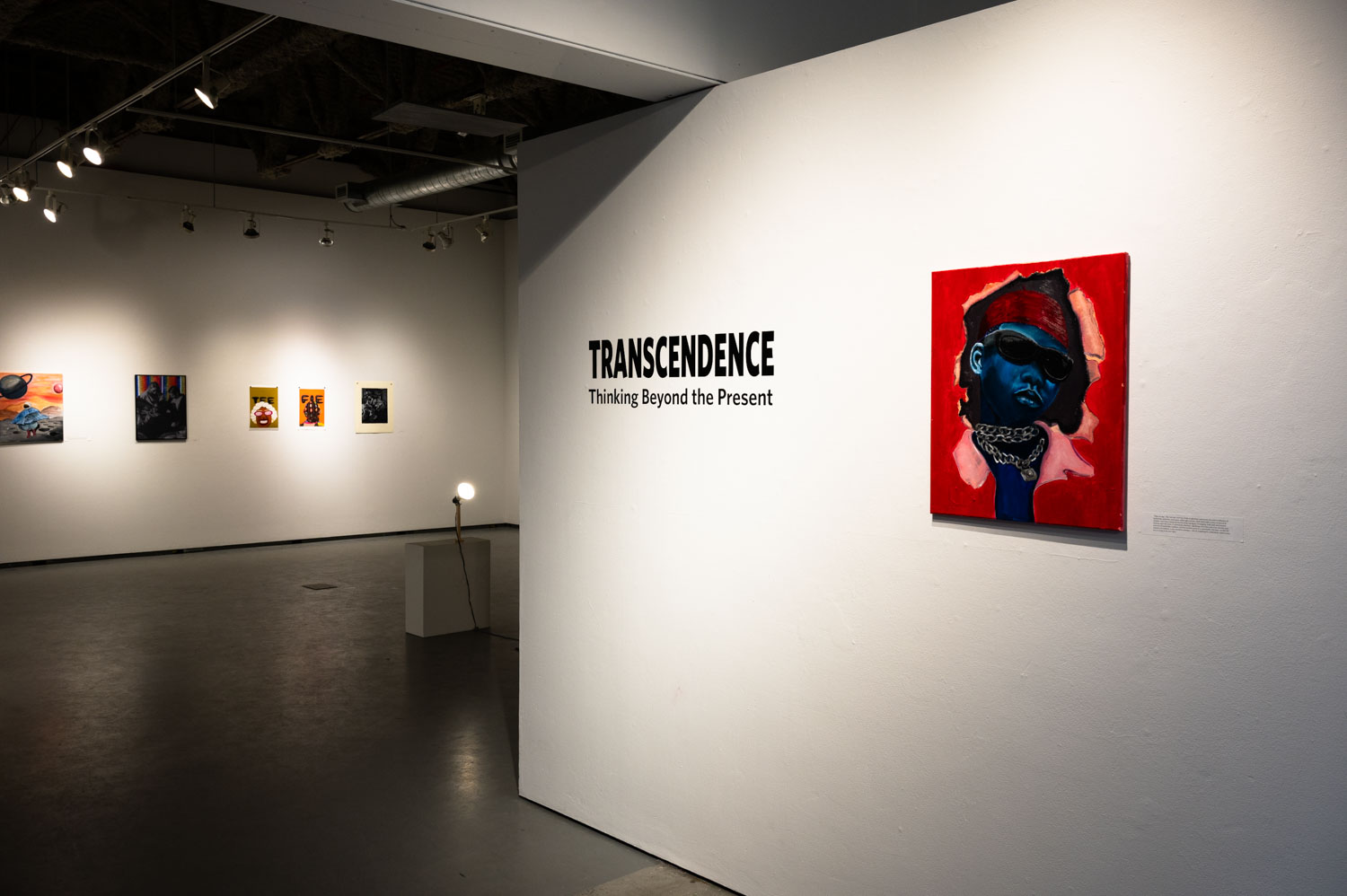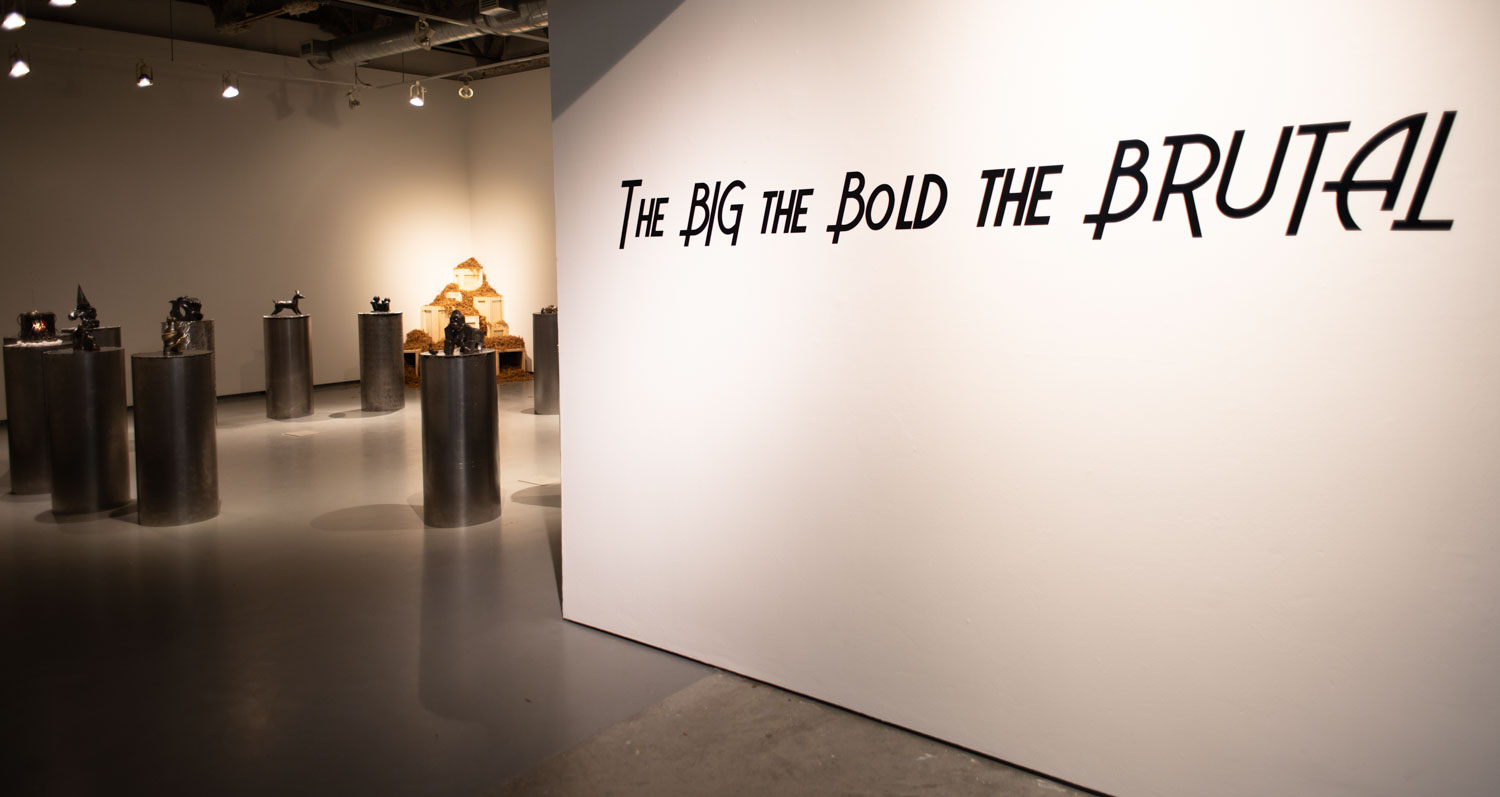Honky Tonk Chapel – Kevin McKenzie
Honky Tonk Chapel curated by UBC Okanagan Gallery Curator, Dr. Stacey Koosel features Kevin McKenzie’s well-known series of resin-cast, neon glowing buffalo skulls, in an installation which juxtaposes pop culture, muscle cars, hot rods and honky tonk bar references with sacred icons intrinsic to Indigenous traditional beliefs and spirituality, such as buffalo skulls and religious motifs. MAY 10 TO AUGUST 22,...

 Follow
Follow







